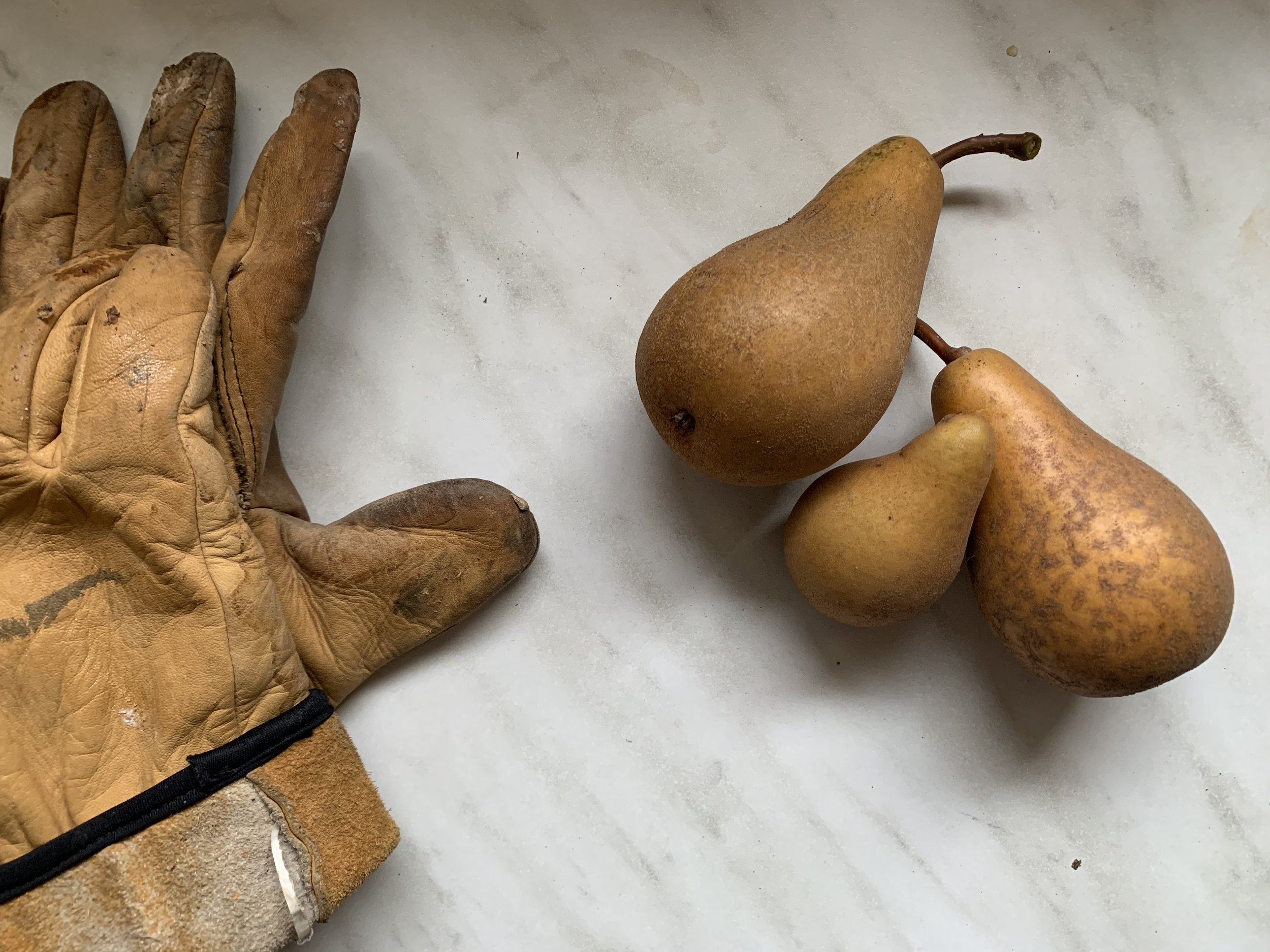
ABOUT PARE
STEFFANY HOLLINGSWORTH, FASID
FOUNDER DESIGNER | STRATEGIST | PROVOCATEUR
A hybrid New Mexican and Texan, Steffany’s love of vast open spaces, where the imagination is allowed to run rampant, has shaped her interior landscape of approaches to projects and client challenges. She is a New Mexico-licensed interior designer, is NCIDQ-certified, and has served on the ASID National Board of Directors. She has appeared on HGTV’s Designers’ Challenge and has had her work published in Leading Residential Interior Designers and New Adobe Home, as well as shown—in collaboration with her former firm—in the Kohler Permanent Showroom in Kohler, Wisconsin. Her interior design practice has spanned residential, hospitality and corporate projects, while her product design has taken her to Asia and Europe, working in the lighting and quartz industries. Steffany founded PARE in the belief that the creation of extraordinary spaces goes hand-in-hand with passionate product design.
PARE Collective
In addition to Steffany, the PARE collective includes a number of members who contribute their skills and passions as needed to select projects and client engagements. Depending on the circumstances, we regularly draw on this deep reservoir to share insights on trend identification, analysis, and contextualization; on qualitative and quantitative research into customer preferences, approaches, and decision-making; on hospitality experience design; on color theory; and on visual learning theory and practice. We’re also able to access just the right nodes across our own vast networks, built over the last few decades, to bring in just the right person if we encounter something we feel needs an extra layer of expertise (whether that’s artificial intelligence, or nineteenth-century craft traditions, or contemporary architecture, or whatever else).


